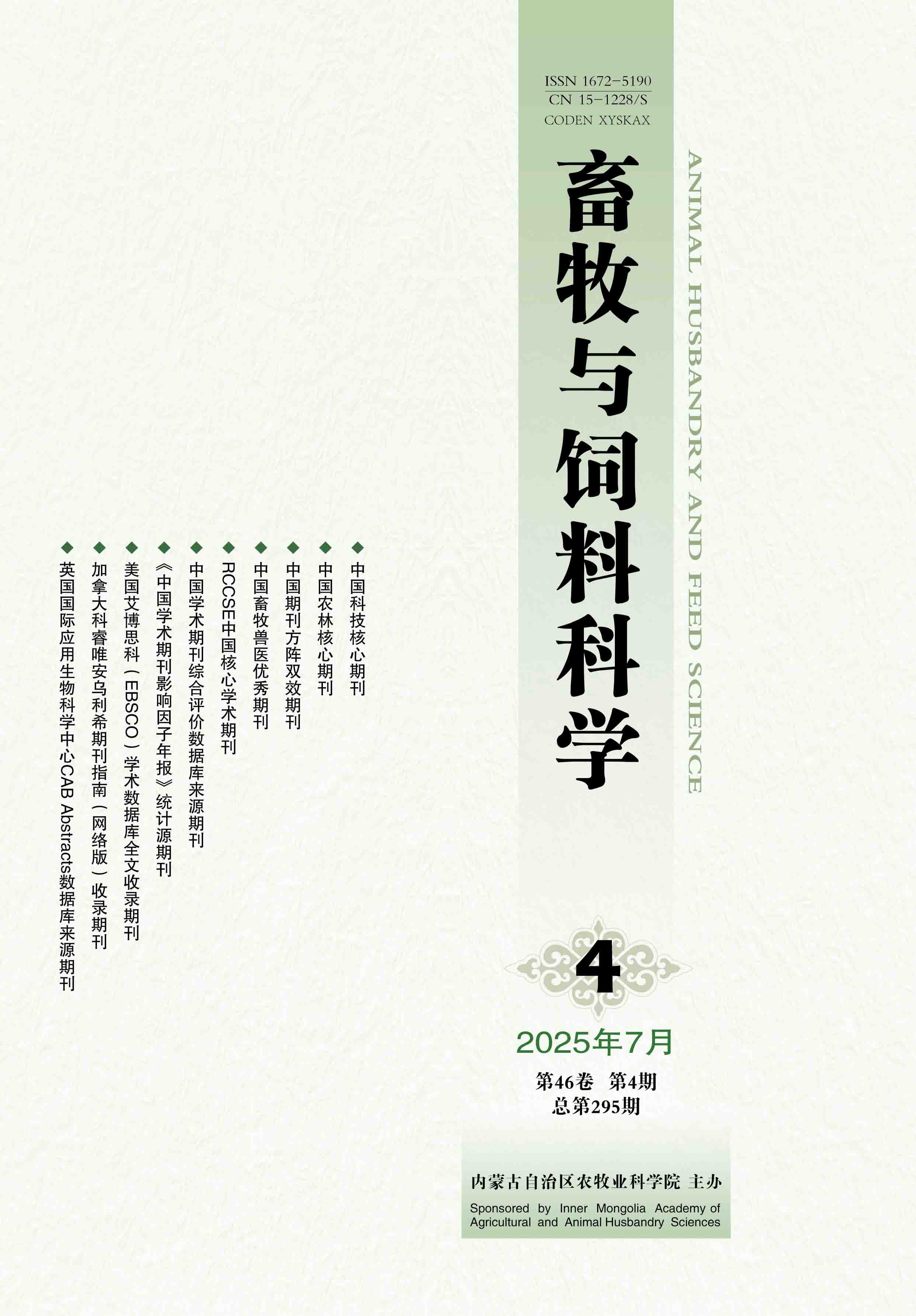Select
Analysis of Physical-chemical Quality and Suitability Evaluation for Roast Processing of Beef Cuts from Different Parts of Simmental Cattle
LI Hui, LIAN Hai-fei, WANG De-bao, WANG Na, HUANGFU Jiu-ru, TIAN Ru-gang, WANG Xiao, ZHAO Meng, YANG Ding, ZHU Chun-xia, Dalai
2021, 42(3):
97-101.
doi:10.12160/j.issn.1672-5190.2021.03.018
Abstract
(
781 )
PDF (570KB)
(
220
)
Save
References |
Related Articles |
Metrics
[Objective] To assess the physical-chemical quality of different parts of Simmental raw beef, and to evaluate the edible quality and sensory quality of the roasted products. [Method] Ten Simmental cattle with weights of around 550 kg were selected. After slaughter and segmentation, different parts of beef (tenderloin, striploin, foreleg, hind leg, ribeye, topside). After acid discharge for 72 h at 4 ℃, the contents of protein, fat and moisture, pH value and color index of the raw beef in different parts were determined by conventional methods, and the marbling grade was evaluated. After roast at 220 °C for 10 min, the shear force and processing loss rate of the roasted beef in different parts were measured, and the sensory quality indicators were evaluated.[Result] The fat contents, marbling grade scores, L* values, a * values, shear force, color scores, tenderness scores, juiciness scores, aroma scores and overall acceptability scores were significantly (P <0.05 or P <0.01) different among different parts of the raw beef, while no significant (P >0.05) differences in contents of protein and moisture, pH values, b * values, processing loss rates and taste scores were observed. Ribeye had the highest content of fat (P <0.01); the foreleg and hind leg had the same content of fat, and both of them were the lowest (P <0.01); the marbling grade scores of ribeye and striploin were significantly (P <0.01) higher than those of the other parts; the L* values of ribeye and striploin were significantly (P <0.05) higher than those of the other parts, and those of tenderloin and hind leg were significantly (P <0.05) lower than those of the other parts; the a * values of striploin and ribeye were significantly (P <0.05) lower than those of the other parts; the shear force of ribeye and striploin were significantly (P <0.01) lower than that of the other parts; ribeye had significantly (P <0.05) higher overall acceptability scores compared with the other parts; foreleg, hind leg and topside had the same overall acceptability scores, and all of them were the lowest (P <0.05). [Conclusion] Striploin and ribeye have higher intramuscular fat content compared with the other parts, and their roasted products perform better in tenderness, taste and overall acceptability. Accordingly, striploin and ribeye are the most suitable parts for processing roasted products in Simmental beef.








